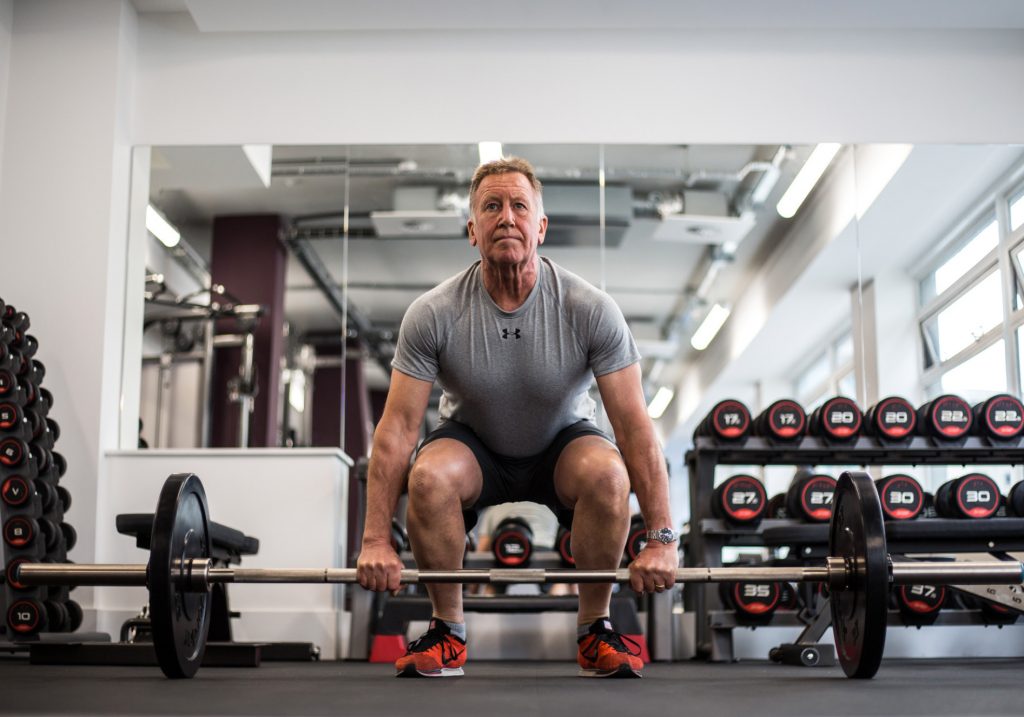In this post I am going to be discussing the top 5 reasons to get fit over 40.
So now that you’re over 40 or fast approaching it, you may have noticed some changes happening in your body. Maybe your not as strong as you used to be, or you just don’t have the energy to perform certain tasks. Sex not the same as it used to be?
Maybe your belt size keeps getting bigger while the rest of your body is getting smaller. I’ve been there. Just because your 40+ doesn’t mean you have to be stuck with your “dad-bod” and be resigned to your fate.
You can take charge and feel like your in your 20’s again if you make some changes to your lifestyle.
Sarcopenia
Beginning in your 40’s, the gradual loss of muscle mass and muscle function begins. While some of this is due to the natural process of aging, it is preventable and reversible with some lifestyle changes.
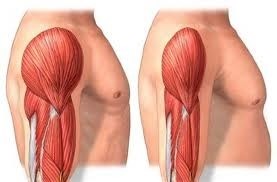
While you can’t change your age, you can slow down the natural effects of aging with some modifications to your lifestyle. Along with an age related decrease in growth hormone and testosterone, there are two primary causes of this muscle loss: diet and exercise.
When you are in your 20’s and 30’s you can get away with a lot when it comes to diet and exercise, but once you get into your 40’s you need to pay attention to the foods you eat and your activity levels. The purpose of this post is not to get into specifics of diet and exercise when it comes to sarcopenia but more to make you aware of its existence and that you need to make some changes if you want to minimize its effects.
Testosterone
Declining testosterone is probably the most important in the top 5 reasons to get fit over 40. Testosterone is the hormone that makes a man a man. It helps you grow facial hair, build lean muscle mass, helps with confidence, sex drive, better erections and sexual performance, helps with fat loss and gives you stronger bones.
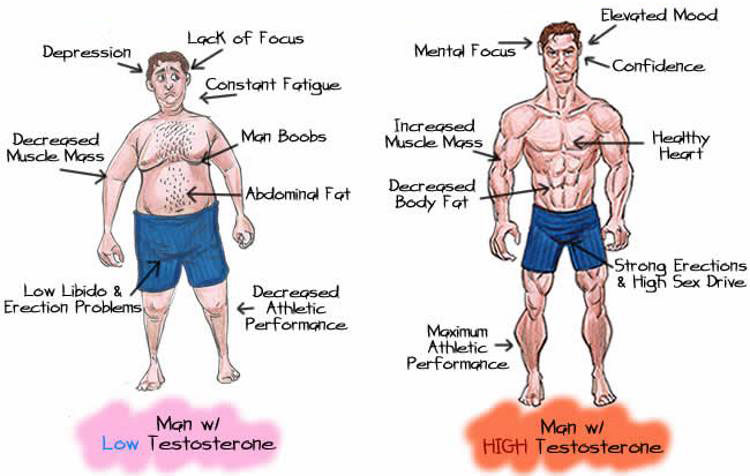
What’s not to like about testosterone except the fact it declines with age. Testosterone drops by 1% every year after you turn 30 (CBC News) so keeping those T-levels high has great benefits. Testosterone also plays a BIG part in your erection strength which is a great barometer of your overall cardiovascular health. A weak erection may be an indicator of a more serious health issue.
So, how do you increase your testosterone naturally? Diet and exercise. Notice a trend here? Drinking too much alcohol, eating a diet high in processed foods, not getting enough sleep, lack of exercise, and stress can wreak havoc with your T-levels.
Nitric Oxide
As you age, your body’s ability to produce the molecule Nitric Oxide (NO) declines. Nitric what? This is not the same thing as Nitrous Oxide to boost your cars performance, but if you increase NO production in your body, your performance in the gym and in the sack will improve.

In fact, drugs like sildenafil sold as the brand name Viagra among others are used to enhance Nitric Oxide mediated vasodilation (NCBI). NO is a signaling agent that relaxes the smooth muscles in blood vessel walls allowing more blood flow. It acts as a vasodilator.
NO production can be enhanced by changes to your diet and exercise. Eating a diet that includes green leafy vegetables high in nitrates will boost your bodies ability to produce this signaling molecule. Improving your body’s ability to generate NO has many health benefits like reduced blood pressure, better workouts, and of course better sex (NCBI).
Bone Loss
We have all heard of older people breaking bones easier. This disease, called osteoporosis is preventable. Osteoporosis is a disease resulting from low bone mass and occurs in 55% of people over 50.
It’s often called a silent disease because you don’t know you have it until you break a bone. I never thought I would be one of those older people, but here I am. Your bone mass peaks at around age 30 (Mayo Clinic), then once you’ve reached your 40’s, you slowly start to lose bone mass.
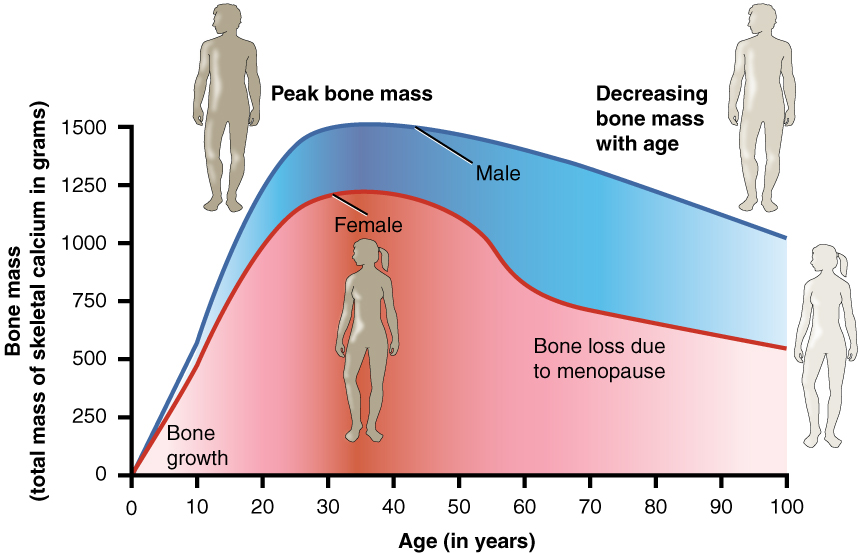
Also, once you have it and break a bone, recovery takes much longer so lets do something about it now to prevent it from even happening. What can you do to prevent it? Make some positive changes to your diet and put your bones under some stress from exercise.
Slow Down And Reverse Some Metabolic Diseases
Metabolic syndrome is a group of health conditions that can increase your risk of stroke, heart disease and type 2 diabetes. It is caused by certain conditions happening simultaneously in the body such as high blood pressure, high blood sugar, excess weight around the waistline and irregular cholesterol levels.
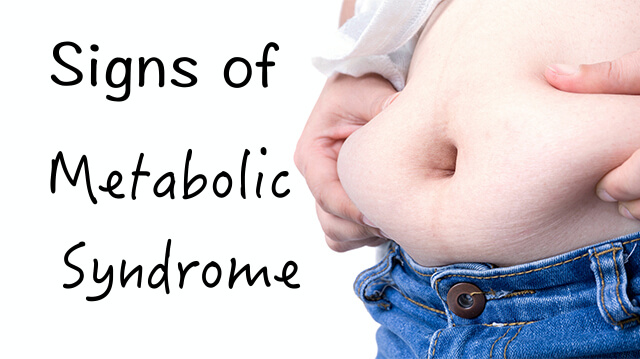
Having only one of these doesn’t mean you have metabolic syndrome, but it does increase your chances and having more than one can have serious health consequences. It is understood that poor diet and leading a sedentary life can increase your likelihood of getting any one of these conditions. It is reported that up to ⅓ of US adults have metabolic disease (Mayo Clinic).
So how do we prevent this from happening? Clean up your diet and start exercising.
Summary
While being over 40 is not the end of the world, you should strongly consider the top 5 reasons to get fit over 40 and make some appropriate lifestyle changes. Start eating whole foods, fruits, veggies, and good sources of protein. Limit the amount of processed foods you are eating and stay away from refined carbs.
If you aren’t already, you should start an exercise program. It doesn’t have to be resistance training, just get active. Start moving, lifting, walking, running or whatever you have a passion for. Aim for 3 times a week as a minimum, 5 times for optimal effectiveness.
Further Reading
Sarcopenia
National Centre for Biotechnology Information
British Pharmacological Society
Testosterone
Nitric Oxide
National Centre for Biotechnology Information
Bone Loss
National Centre for Biotechnology Information




